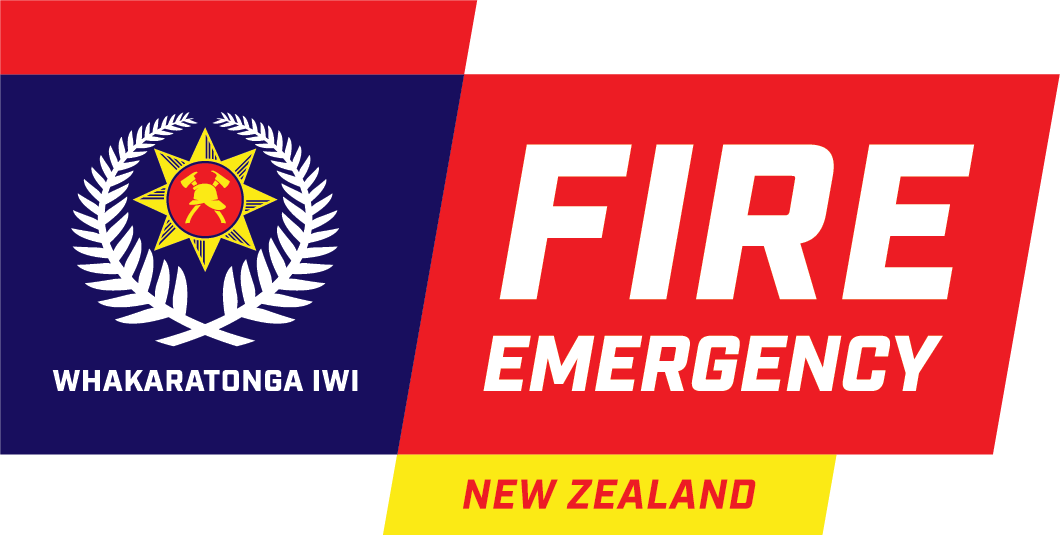Near miss reporting - working at heights
Reporting a near miss can save a life, particularly in the high risk environment in which we work. To reduce the number of accidents, we need to improve near miss reporting through Safe@Work.
Recording near miss incidents ultimately allows us to learn from experiences of the past. We can analyse trends and continuously improve our processes and procedures, to keep our people out of harm’s way.
In our organisation, we classify a near miss as “an unplanned event which offers an opportunity for continual improvement in the way we protect our people and the public. This may include:
- Any event which may have reasonably resulted in harm, and
- Any event resulting in equipment damage”
Currently, in line with our critical risks, Fire and Emergency is taking the opportunity to learn lessons from previous near miss reports to enhance awareness and safety measures when working at heights.
Working at Heights
This quarter, we are taking the opportunity to learn lessons from previous near miss reports to enhance awareness and safety measures when working at heights.
Fire and Emergency Working at Height and Line Rescue policy outline the definition of working at height, and requires that working at heights equipment is used:
- at heights of three metres or higher,
- on roofs, unless risk assessment determines otherwise,
- lower than three metres and risk assessment indicates there is a risk of injury through falling.
In the last calendar year, five near misses involving work at height were reported. Here we discuss two of those near misses:
Case Study 1: Working on a roof in high wind, unprotected from a fall
A crew responded to special service call, finding that a section of the roof and purlins had detached and folded onto the remaining roof. The crew were instructed to throw and tie a rope over the roof to prevent further risk to property. While preparing equipment, a firefighter climbed onto the roof.
The wind speed was very high so there was considerable risk of being blown over. Crew donned the correct PPE, however the roof kit was not deployed.
Case Study 2: Firefighter fell through a floor
Despite using the correct technique, a firefighter fell through a floor between joists. The firefighter’s foot went all the way through the floor to the groin before they saved themselves by using their arms to hold their torso up. The floor had been checked prior to standing on it but the firefighter was standing in one location for an extended period.
Lessons Learned
- Demonstrate our values by operating in a safe way. We do the right thing - Kia Tika.
- Comply with all training and instructions.
- Use the Safe Persons Concept or Dynamic Risk Assessment to weigh the risks before proceeding with operational tasks.
Going Forward
All people at Fire and Emergency are responsible for their own safety and the safety of others, this includes the reporting of near miss events.
Working at heights has its own set of threats to health and safety, from equipment failure, non-compliance with operational instructions, through to falling. The process of near miss reporting prompts Fire and Emergency to revisit policies, procedures and training to ensure that they are still relevant.
It is imperative that all crews have each other’s back and engage in near miss reporting. Lessons can be learnt if near misses are communicated more frequently, which can ultimately lead to fewer injuries.
- There is no such thing as a safe fall. Any fall can cause serious harm.
- You should always use safety equipment in situations when working at heights.
- Remember – we all have a legal obligation to look after our own, and our colleague’s safety and health.
- Live and work by our values and code of behaviour
- Report any near miss
To keep up to date on your knowledge on working at heights, refer to our summary of existing policies, procedures, and safety notices for your learnings [PDF, 262 KB].
To log any Safety, Health or Wellbeing incident, please access Safe@Work(external link). If you need help on how to log an incident, refer to the ‘How to report workplace safety, health and wellbeing’(external link) page, or contact your Regional Safety, Health and Wellbeing Advisor(external link).
It is important to take advantage of these resources to enhance safety measures during training and callouts. This will minimise the chance of an accident occurring to ensure that you and your crew leave work in the same condition that you arrived.
